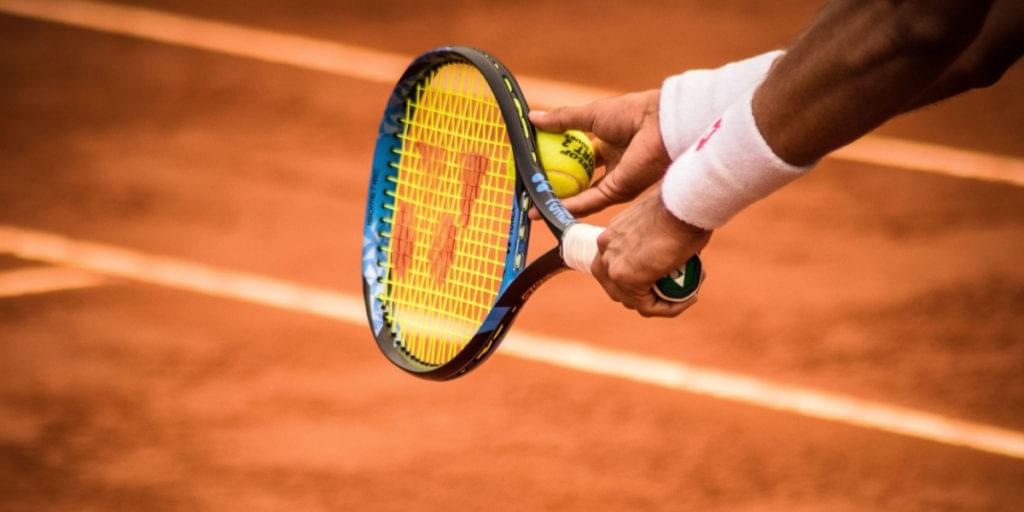
“What I think I’ve been able to do well over the years
is play with pain, play with problems, play in all sorts of conditions.”
– Roger Federer
This time of the year is always a bonanza for sport.
And yesterday, tennis delivered an incredible match at Wimbledon between two of the greatest ever to have graced the game, Roger Federer and Novak Djokovic.
Ultimately, it was Djokovic who came out on top, after an enthralling game over five sets.
It was the longest final in Centre Court’s history and the first to go to a fifth set tie-break, after the players tied at twelve games each.
The skill and resilience shown by both was incredible but Djokovic just would not give up despite being on the back foot for a lot of the game.
The stats are revealing.
In many ways, the 37 year old Federer outplayed the Serbian. The Swiss man hit 40 more winners (94-54), won 14 more points overall (218-204) and broke four more times (seven to three). On top of that Djokovic had to save two match points.
But Djokovic raised his level in the tie-breaks when it mattered most.
On top of that, it was clear that the crowd had a clear favourite, and it was the 37 year old man with the white bandana.
Djokovic had to dig very deep to maintain what seemed like an almost zen-like level of composure, which critically meant he didn’t exert too much emotional energy – something everyone interested in high performance needs to watch.
His comments post-match indicate some of his mental approach:
“It was probably the most demanding, mentally most demanding, match I was ever part of. One thing that probably allowed me to come back and save match points and win this match was the mental stability in those moments,” Djokovic said.
“I think there is always this self-belief. You have to keep reminding yourself that you’re there for a reason and that you are better than the other guy. As hard as the moment is that you are in, the more you have to remind yourself, the more you have to talk to yourself.”
Both of these competitors are super examples of ‘playing through the pain’.
Persisting, persisting, persisting. Regardless of the conditions.
And anyone who wants to achieve something important will always be tested with severe pain. But at the far side of that pain is a reward – not just a trophy (because there can be only one) – but more the moulding of character, which is something that never disappears.
Indeed in yesterday’s final, one person may have lifted the trophy but both are winners in terms of their attitude.
Where are you in pain?
Where do you have major problems?
And how can you play better ‘through the pain?’
Best,
Shane
Ps – An honourable mention goes out also to the England cricket team who also showed incredible skill and resilience to win the World Cup by beating New Zealand, in a thriller yesterday.
Of course, my father would argue that the key factor in this was having an Irish-man as captain, Eoin Morgan… 😉
A quote from said man caught my eye during this World Cup. It shows a hint of how the England time worked on changing their mindset, especially after their poor performance at the previous World Cup.
“Us, as a team, we have learned to enjoy ourselves, particularly days like this, even if they don’t go well.”
Even when you’re in pain, learning to enjoy yourself is possible. Maybe even essential to creating real high performance.